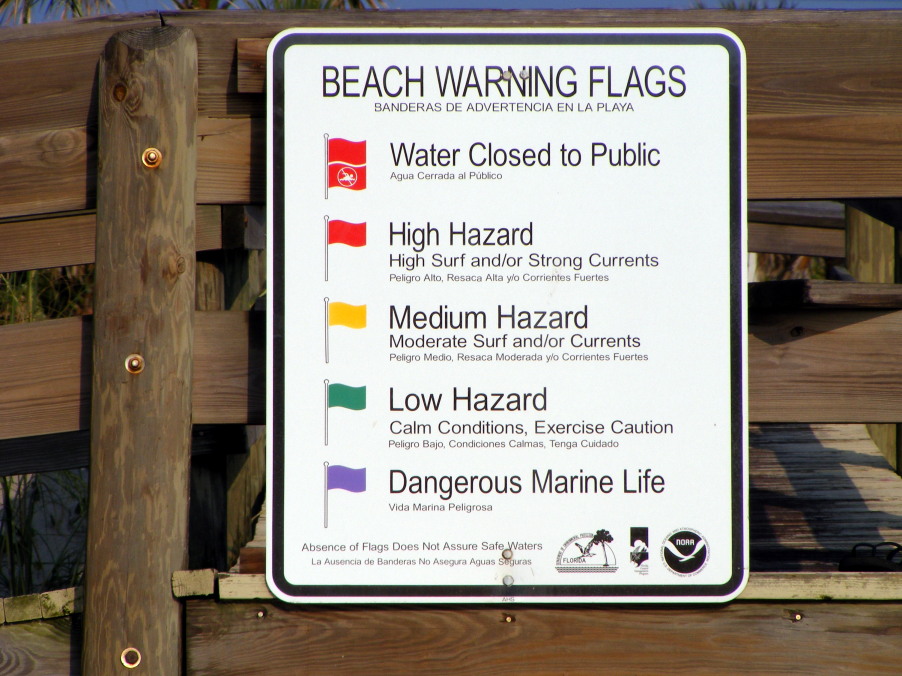More than a year after New york City first required restaurants to post Health Department inspection grades, some owners of Greenwich Village eateries are doing their best to hide less than perfect ratings.
Andrea Swalec of DNAinfo writes that Famous Ray’s Pizza of Greenwich Village racked up 54 violation points in a June 7 health inspection, but its posted C grade — the lowest mark a restaurant can get without being shut down — was nearly impossible to see when DNAinfo looked for it last week.
Only a pale outline of a C, which is usually bright gold, was visible at the Sixth .jpg) Avenue pizzeria, at 11th Street.
Avenue pizzeria, at 11th Street.
"Why does it matter?" a Famous Ray’s manager who would not identify himself said by phone when DNAinfo called to ask why the sign wasn’t clearer.
Health Department rules require grade signs to be posted "on a front window, door or outside wall where it is easily seen by people passing by." The card must be placed within five feet of the entrance, from four to six feet off the ground.
The pizza joint was inspected again Aug. 11 and received 26 violation points — which earns it a B grade.
However, its offenses include "evidence of mice or live mice present in facility’s food and/or non-food areas," according to city Health Department restaurant inspection data.
At the Subway sandwich shop at 315 Sixth Avenue, DNAinfo noticed on Aug. 8 that its C grade was posted on an easy-to-miss side window, between bright promotional signs.
Subway moved the sign to the shop’s door after a reporter pointed out its placement.
"We have moved it. Thanks for letting us know," manager Mohammed Mazar said when asked to comment on the sign.
The sandwich shop was cited for evidence of mice, improper sanitation of food .png) preparation surfaces and not keeping cold foods cold enough, records show.
preparation surfaces and not keeping cold foods cold enough, records show.
The Health Department has issued 123 violations to restaurants that did not place grade signs in the required locations, according to a department report on the first year of the grading system.
Rule-breakers can be fined as much as $1,000 for a first offense and $2,000 for subsequent offenses.
Nearly 90 percent of New Yorkers surveyed in July by Baruch College said they considered restaurant grades when deciding where to eat.

 them about high bacteria levels in shellfish.
them about high bacteria levels in shellfish. The P.E.I. Shellfish Association suggests putting yellow warning flags in the water when there’s a possible closure and a red one when the fishery is shut down.
The P.E.I. Shellfish Association suggests putting yellow warning flags in the water when there’s a possible closure and a red one when the fishery is shut down. standards during the past 13 months.
standards during the past 13 months..jpeg) About 2504 received a rating of three stars or more and 1524 businesses scored two stars or less.
About 2504 received a rating of three stars or more and 1524 businesses scored two stars or less.